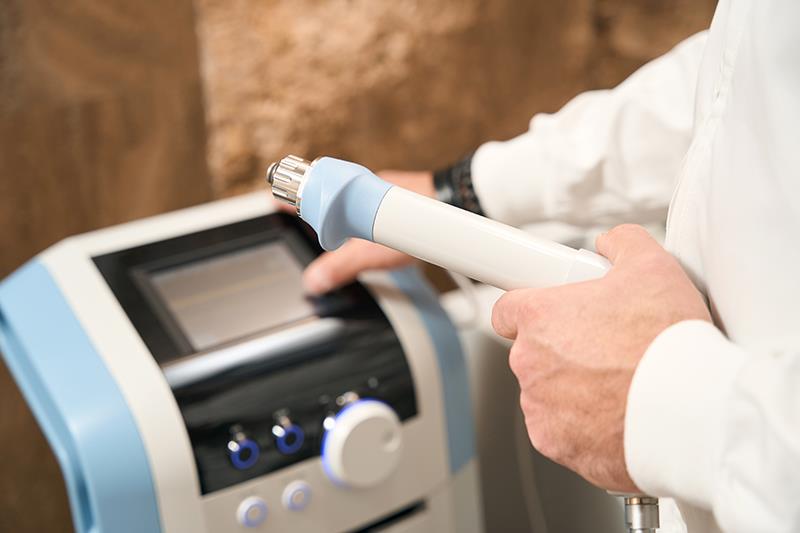Content on this page:
Content on this page:
Overview
Erectile dysfunction (ED) is the inability to attain and maintain an
erection sufficient for satisfactory sexual performance as stated in the Introduction section.
The prevalence of erectile dysfunction increases with age as
sexual activity decreases, with as many as 150 million people affected by it. Other
details in its prevalence are discussed in the Epidemiology
section.
The Pathophysiology section discusses the processes that may be
involved in erectile dysfunction.
The Risk Factors
section states how erectile dysfunction has common risk factors with
cardiovascular disease. Mentioned in this section as well are the different
comorbidities and risks associated with erectile dysfunction.
 Erectile Dysfunction_Disease Summary
Erectile Dysfunction_Disease SummaryHistory and Physical Examination
The Clinical Presentation section discusses how erectile dysfunction
can be an early manifestation of coronary artery and peripheral vascular
disease. This section also discusses the other features of erectile dysfunction
such as early detumescence, nocturnal penile, inability to maintain erection,
etc.
The History
section mentions the pertinent details in the history and the psychometric
questionnaires that can be used in assessing patients. While the Physical
Examination section emphasizes the importance of focusing on genitourinary,
cardiovascular, and neurological systems.
Diagnosis
As stated in the Laboratory Tests and Ancillaries section, testing must be tailored to the patient’s complaints and risk factors. Some of the lab tests that can be done include fasting glucose, lipid profile, and even a testosterone assay to evaluate the hypothalamic-pituitary-gonadal axis
Management
The Evaluation
section discusses risk stratification based on the different cardiovascular
disease risk factors.
The goals of therapy are mentioned in the Principles of Therapy section. This
section also emphasizes the importance of correcting any existing medical risk factors
such as regulating glucose control, optimizing antihypertensive medication,
treating hyperlipidemia, and reducing or stopping alcohol intake.
The Pharmacological
Therapy section provides details of the various treatment
options for erectile dysfunction like phosphodiesterase-5 (PDE5) inhibitors, intracavernosal
injection therapy, and intraurethral therapy.
The Nonpharmacological
section states the importance of patient and partner education, lifestyle
modification, treating psychosocial factors, counseling and education,
discontinuing offending medications, and other modalities like vacuum
constriction devices and low-intensity shockwave therapy.
The Surgery
section provides details on the different surgical options for erectile
dysfunction.
As mentioned in the Monitoring section, patients receiving PDE5 inhibitors must
have regular follow-up of efficacy, side effects, and any relevant change in
their health status, especially cardiovascular health. Discussed here as well
are the possible reasons for failure of response to PDE5 inhibitors and what one
can do in such cases.












